Workplace
Exploring work and the rapidly changing workplace
Collaborate with others who have similar interests
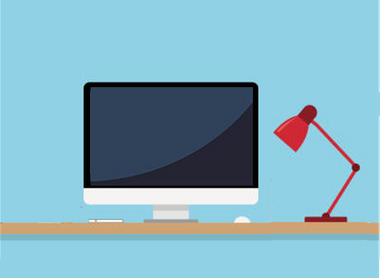
Exploring work and the rapidly changing workplace
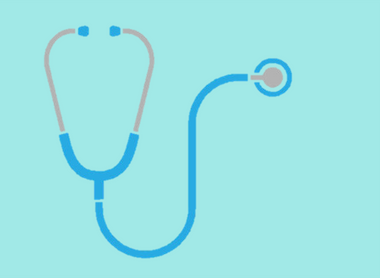
Sharing understanding about patient and health worker safety
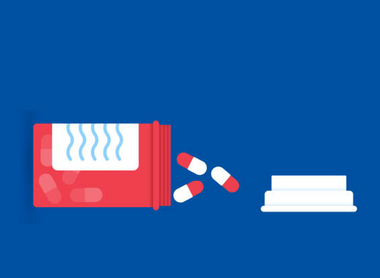
Exploring the life-cycle of medicines and medical devices

Enabling young people to learn in a healthy environment
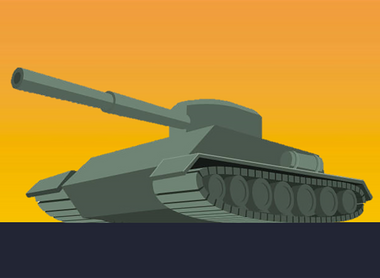
Understanding how to increase human capability

Exploring all aspects of this safety-critical industry
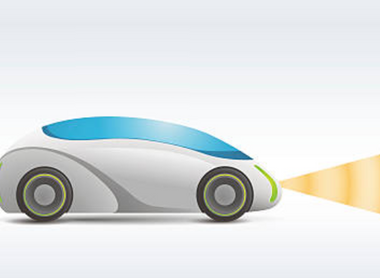
Understanding how people interact with complex technology
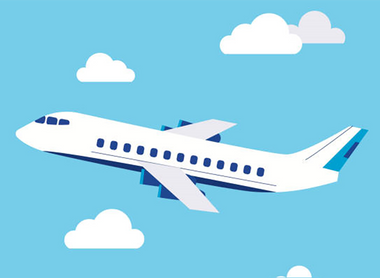
Encouraging improved human performance within the aviation/aerospace sector